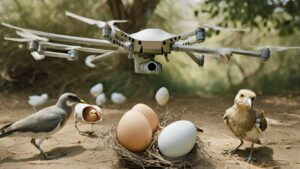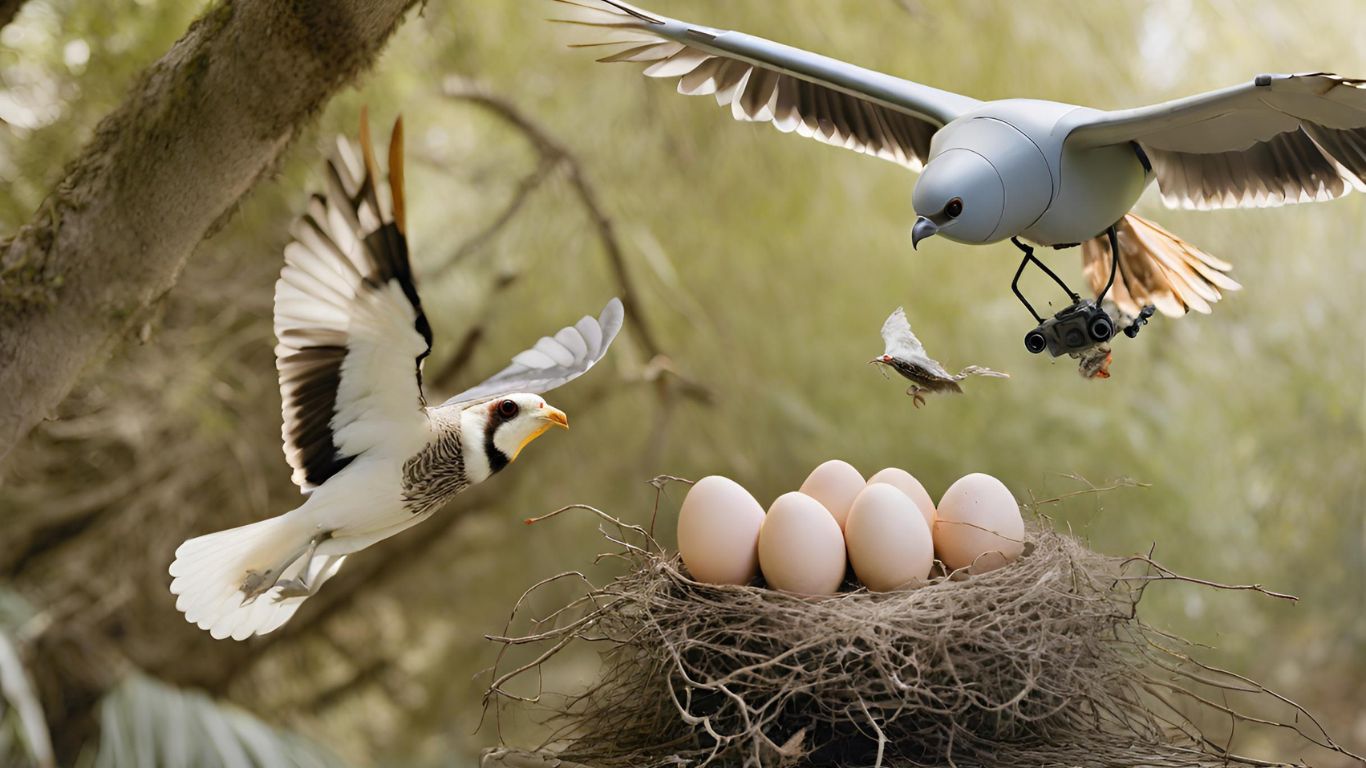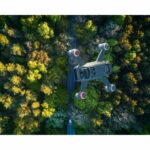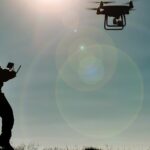Is Drone Fishing Legal In California?
California Fish and Game Code 10501.5 – Refuges and Other Protected Areas
It is unlawful to fly any aircraft, including any airplane or helicopter, less than 3,000 feet above water or land over the Sespe Condor Sanctuary, and less than 1,000 feet above water or land over the Año Nuevo State Reserve, the Farallon Islands Game Refuge, the Point Lobos State Reserve, the California Sea Otter Game Refuge, and Anacapa, San Miguel, Santa Barbara, and San Nicolas Islands, except for rescue operations, in case of any emergency, or for scientific or filmmaking purposes under a permit issued by the department after a review of potential biological impacts.
This section does not apply to the landing of any aircraft, including any airplane or helicopter, on Anacapa, San Miguel, Santa Barbara, San Nicolas, and Farallon Islands for administrative or operational purposes of the National Park Service, the United States Navy, or the United States Coast Guard.
The use of drones in various industries, including wildlife observation and photography, has grown in popularity.
However, the presence of drones in natural habitats can have significant impacts on wildlife, particularly nesting birds.
Disturbances caused by drones can lead to birds abandoning their nests and leaving eggs and chicks vulnerable to predators.
This article explores the risks drones pose to nesting birds and provides strategies to minimize disturbance and ensure responsible drone use in order to protect these vulnerable species.

Key Takeaways: Is Drone Fishing Legal In California
- Animals perceive drones as predators or threats and react accordingly
- Scaring nesting birds can leave eggs and chicks vulnerable to predators
- Cumulative disturbances can cause nesting birds to abandon their nests
- Be alert for wildlife, especially birds, before flying
The Impact of Drones on Nesting Bird Behavior
The impact of drones on nesting bird behavior can have serious consequences for their survival and reproductive success. Nesting birds are particularly vulnerable to disturbance, as they perceive drones as predators or threats. This can lead to obvious reactions such as attacking or fleeing, but also more subtle responses.
Scaring nesting birds can leave eggs and chicks vulnerable to predators, and cumulative disturbances can even cause nesting birds to abandon their nests altogether. It is crucial for drone operators to be aware of wildlife, especially birds, before flying and to take precautions to avoid provoking a response from wildlife with the drone.
This includes launching and landing at least 300 feet away from wildlife and never flying lower than 100 feet over them. By respecting the behavior and needs of nesting birds, we can help ensure their survival and reproductive success.
Risks to Nesting Bird Survival From Drone Disturbance
The risks of drone disturbance pose a significant threat to the survival of nesting birds. The disturbance caused by drones can have detrimental effects on nesting birds, leaving their eggs and chicks vulnerable to predators. Additionally, repeated disturbances can lead to nesting birds abandoning their nests altogether. To better understand the risks posed to nesting bird survival, let’s take a look at the following table:
| Risk Factor | Impact |
|---|---|
| Nest abandonment | If nesting birds feel threatened by drones, they may abandon their nests, leaving their eggs or chicks unprotected. |
| Increased vulnerability | Drones can scare nesting birds, making them more susceptible to predation. |
| Disruption of nesting behavior | The presence of drones can disrupt the natural nesting behavior of birds, potentially leading to failed reproduction. |
It is crucial to minimize drone disturbance around nesting birds to ensure their survival and the preservation of their populations.
Understanding the Vulnerability of Nesting Birds to Drones
Minimizing disturbance while operating drones around nesting birds is essential for comprehending their vulnerability. Nesting birds are particularly susceptible to disturbance because they invest significant time and energy in constructing their nests and caring for their eggs or chicks.
When drones approach nesting sites, birds perceive them as potential predators or threats, triggering a range of reactions that can have serious consequences. These reactions can be obvious, such as the birds attacking or fleeing, or more subtle, such as increased stress levels or abandonment of nests. Disturbing nesting birds can leave eggs and chicks vulnerable to predators, leading to reduced reproductive success.
Therefore, understanding the vulnerability of nesting birds to drones requires careful consideration and adherence to guidelines to minimize disturbance and protect these fragile populations.
Strategies to Minimize Drone Disturbance on Nesting Birds
To effectively mitigate the disturbance caused by drones on nesting birds, it is essential to implement strategic approaches while operating these unmanned aerial vehicles.
One key strategy is to maintain a safe distance from nesting sites. By keeping a respectful distance, drones can avoid causing unnecessary stress or fear to the birds.
Additionally, flying at a higher altitude can help minimize the impact on nesting birds and reduce the likelihood of direct disturbance. Pilots should also be mindful of their flight patterns, ensuring that they do not fly directly over nesting sites or make sudden and erratic movements.
Furthermore, it is crucial to be aware of the birds’ breeding seasons and avoid flying near nesting areas during these times.
Legal Considerations for Drone Use Near Nesting Bird Habitats
Drone operators must be aware of the legal considerations and adhere to regulations when using drones near nesting bird habitats. In California, there are specific regulations in place to protect wildlife and their habitats.
For instance, the California Code of Regulations, Title 14, Section 550 (aa) prohibits operating drones on Department of Fish and Wildlife lands without a Special Use Permit. Furthermore, California Fish and Game Code 10501.5 prohibits flying aircraft, including drones, at low altitudes over protected areas without a Letter of Authorization.
It is also important to note that California Fish and Game Code 3503 makes it unlawful to take, possess, or destroy bird nests or eggs without authorization, with exceptions that may apply based on the code or regulations.
Drone operators should familiarize themselves with these regulations to ensure they are operating within the legal boundaries and not disturbing nesting bird habitats.
Conclusion
In conclusion, the presence of drones in natural habitats poses significant risks to nesting birds. These birds perceive drones as predators and can be easily disturbed, leading to potential abandonment of their nests and vulnerability to predators.
To minimize disturbance, it is important to maintain a significant distance from wildlife while flying drones and adhere to regulations outlined in the California Code of Regulations and the California Fish and Game Code. Responsible drone use is crucial for protecting nesting birds and other wildlife.






